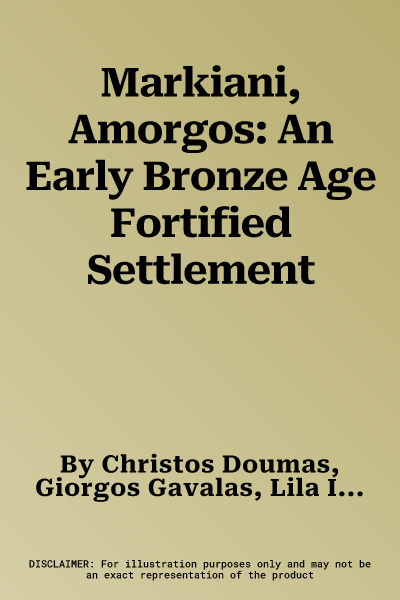Markiani in Amorgos is the first rural settlement of the Early Cycladic
period to be excavated systematically and published comprehensively.
Most of our knowledge of the Cycladic islands of Greece in the third
millennium BC comes from the well-known Cycladic cemeteries, with their
fine decorated pottery, marble vessels and striking marble figurines.
Early Cycladic remains also underlie the proto-urban trading centres of
the Aegean Bronze Age, such as Phylakopi on Melos or Ayia Irini on Kea.
Now, for the first time, we glimpse the life of a country farming
community with its rural crafts, including spinning and probably weaving
and metallurgy. The stratified culture sequence, with its radiocarbon
chronology, documents clearly a thousand years of peasant life in this
rather isolated island community. The site, overlooking the sea on the
south coast of Amorgos, was already fortified towards the beginning of
the Bronze Age. The abundant finds contrast strikingly with the elite
products recovered from the Cycladic cemeteries. The abundant pottery is
local and undecorated. There is a full repertoire of tools and artefacts
of stone and bone, and the metal finds include a lead seal, an
indication (with the clay sealings) of some organisation in production
and exchange already in this modest community. Written by an
internationally recognised team of Greek and British scholars, and with
its clear documentation and abundant drawings and photographs, this
volume establishes a new direction in the study of Cycladic prehistory.
It should become an indispensable work of reference for every
archaeological library.

